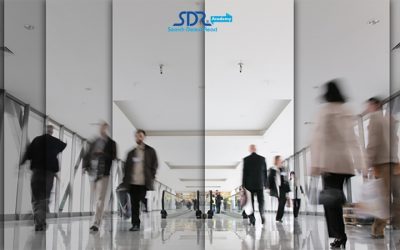As technology develops and progresses, it is imperative that human situational awareness skills and capabilities not fall by the wayside. Rather, heightened situational awareness needs to be the leading component of public security. To embrace the most effective and progressive method of situational awareness, security personnel on the ground and behind the screens need to stop looking for suspects and start looking for abnormalities. Searching for abnormalities is proactive security, rather than reactive.
Searching for abnormal behaviour removes social blinders and allows security personnel to focus on searching for potential dangers and deviant intentions instead of preconceived notions of what a suspect looks like. Security personnel need to search for those who should be stopped, instead of stopping assumed suspects to find that for which they are searching. Establishing a definition of local normality creates common ground between fellow officers, which ensures that they are working along the same parameters and increases team cohesion. This enhanced collaboration improves their performance and provides more effective security for the public. Heightened awareness advances the efficacy of technology and allows for the utmost public safety by ensuring that someone is always prepared with the tools and capabilities to be proactive. The change from searching for suspects to searching for abnormalities increases the effectiveness of security practices and has the indispensable added value of restoring trust between community members and law enforcement and negating ethnic profiling. Behaviour profiling negates ethnic profiling. Searching for abnormalities means to look for indicators rather than incidents. There is a gap between normal and suspect in which someone displays anomalous behaviour indicative of malicious intent. That space between is abnormality. Normality is defined locally by including perspectives from the entities involved in the public security of a given area. Local culture, customs, and laws need to be taken into consideration, as well as the purpose of the location. The definition of normality can change in a given location depending on events taking place, changes between weekday and weekend activity, and current events. Searching for abnormalities instead of suspects requires officers to clear their mind of predefined images of suspects. As soon as officers are looking for a thief or a terrorist or a robber, the scope of each person’s detection will be narrowed to their own preconceived notion, and key indicators will be ignored. There is no set description of an adversary, but anyone with malicious intent, regardless of the end goal, will display signs of abnormality. Those abnormalities can be detected by establishing a local definition of normality. The definition of normality serves as a meter by which to measure local behaviour. Searching for local abnormalities places everybody on a level plane, so that anomalies – potential threats – are the ones to catch the officers’ attention. That level plane of normality inherently prevents ethnic profiling, builds community trust, and unifies security practices.

